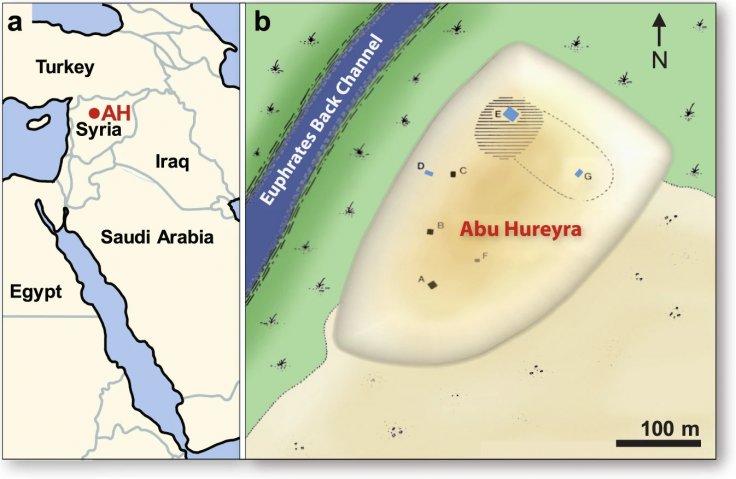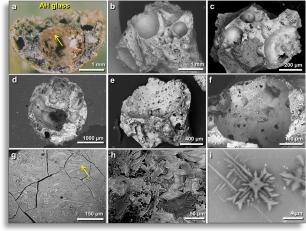Contrary to popular belief that climate change might have been responsible for the destruction of Tell Abu Hureyra in modern-day Syria, a new study suggests a different theory. The earliest known farmers' village might have met a rather destructive force from a passing by comet that exploded in the sky resulting in the complete annihilation of the settlement about 12,800 years ago.
The settlers, who began as a group of hunter-gatherers shifted to farming, formed two ancient villages in the Euphrates valley dating back to Epipaleolithic era about 13,500 years ago. They lived in pit houses cut into the soft sandstone of the region. But it was assumed that they abandoned the site due to Younger Dryas — a cold period when the climate conditions reversed the warming of the planet — after the Last Glacial Maximum.
The site was excavated in 1972-73 by a team of archaeologists before the region was flooded due to the construction of Tabqa Dam. During the excavation, archaeologists found layers of exposed charcoal-rich surfaces that contained glass spheres. While it was debated that even everyday fire could have caused this, a 2012 research indicated that the temperature to melt soil into a glass would have been higher.

Intense Heat That Melted Soil
Working on that theory, Dr Andrew Moore of Rochester Institute of Technology, who was part of the excavation team in 1972, re-examined the soil samples and materials from Abu Hureyra. They used extreme heat to recreate the scenario and analyzed the samples using reflected-light microscopy and scanning electron microscopy (SEM). They also compared samples from meteor impact sites through energy-dispersive spectroscopy (EDS), electron microprobe, reflectance, and transmission Fourier transform infrared spectroscopy (FTIR) to conclude that an airburst destroyed the villages.
"It is impossible to explain these melted minerals on meltglass by any natural process other than a cosmic impact event." Moore told Space.com.
He added that people of Abu Hureyra must have seen the "immense flash in the sky, equivalent to a nuclear explosion". He said, "A few seconds later, they would have been incinerated by the blast emanating from the airburst. The heatwave destroyed the village and everything in it, leaving a layer of burned material across the surface."


Minerals found in the soil sample would have required over 2,000 degrees Celsius (3,630 degrees Fahrenheit) temperature to crystalize — something associated with cataclysmic events. One of such events reportedly occurred about 66 million years ago when a meteor struck the Yucatán Peninsula in the modern-day Chicxulub, Mexico that killed dinosaurs.
The team of researchers heated the soil sample in a laboratory furnace until they melted at 1,300 C or 2,400 F. But considering it took higher temperature to form quartz, such intense heat was not possible to recreate by the settlers in that era.
In a 2007 research, it was suggested that cometary debris caused several multi-continental airbursts within a span of a few minutes.
"The largest cometary debris clusters are proposed to be capable of causing thousands of airbursts within a span of minutes across one entire hemisphere of Earth," the research said. "An encounter with such a million-km-wide debris cluster would be thousands of times more probable than a collision with a 100-km-wide comet or a 10-km-wide asteroid."








